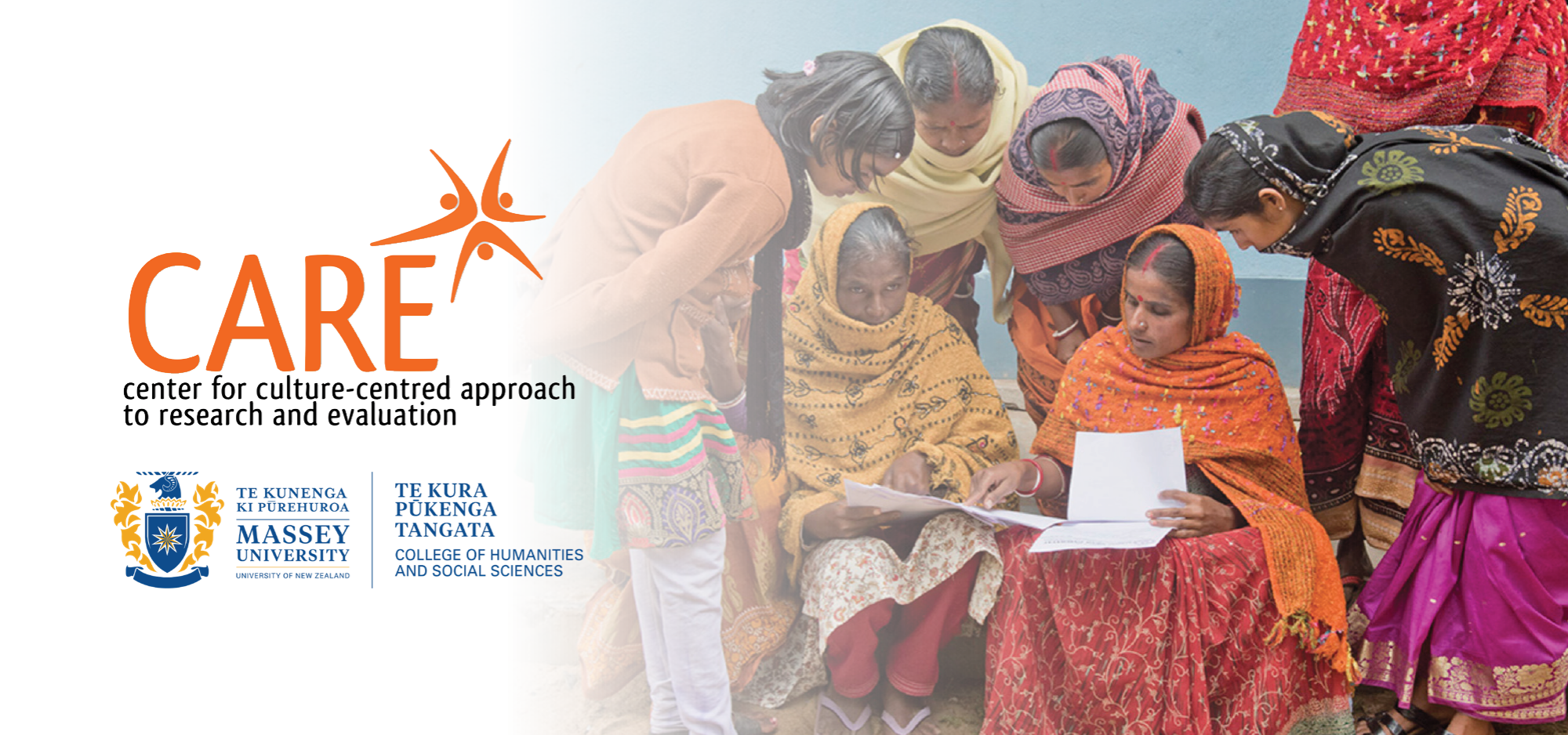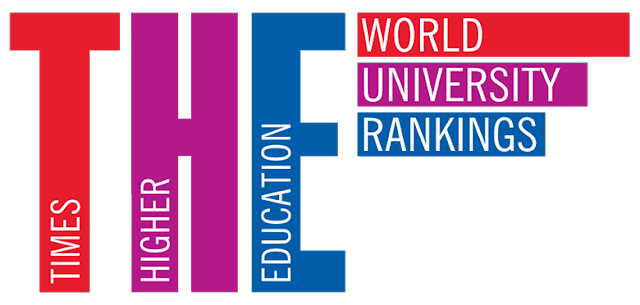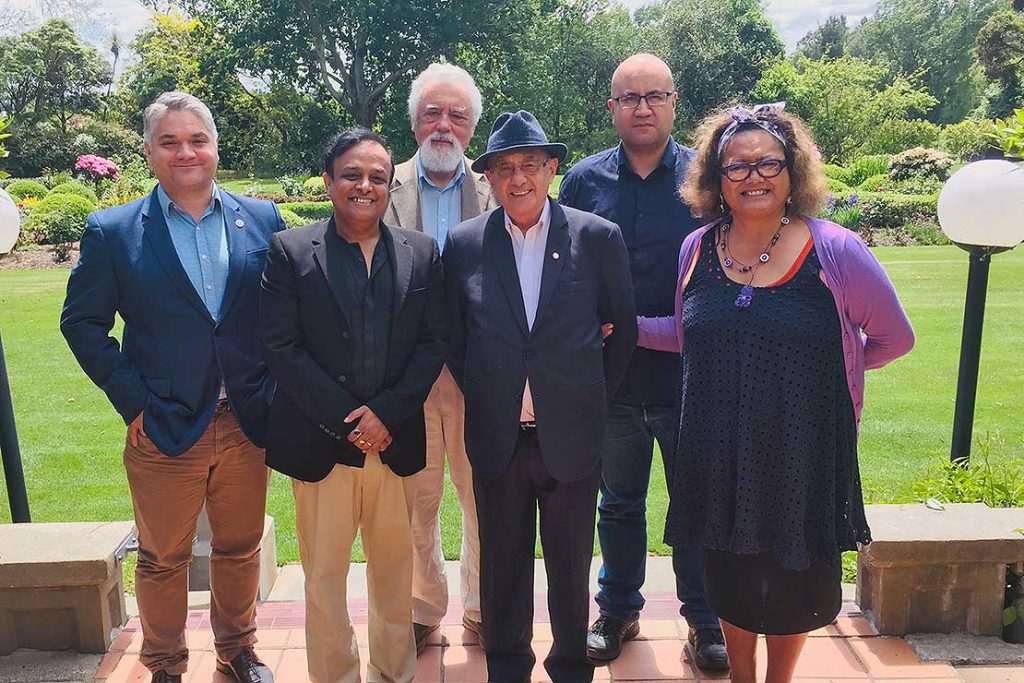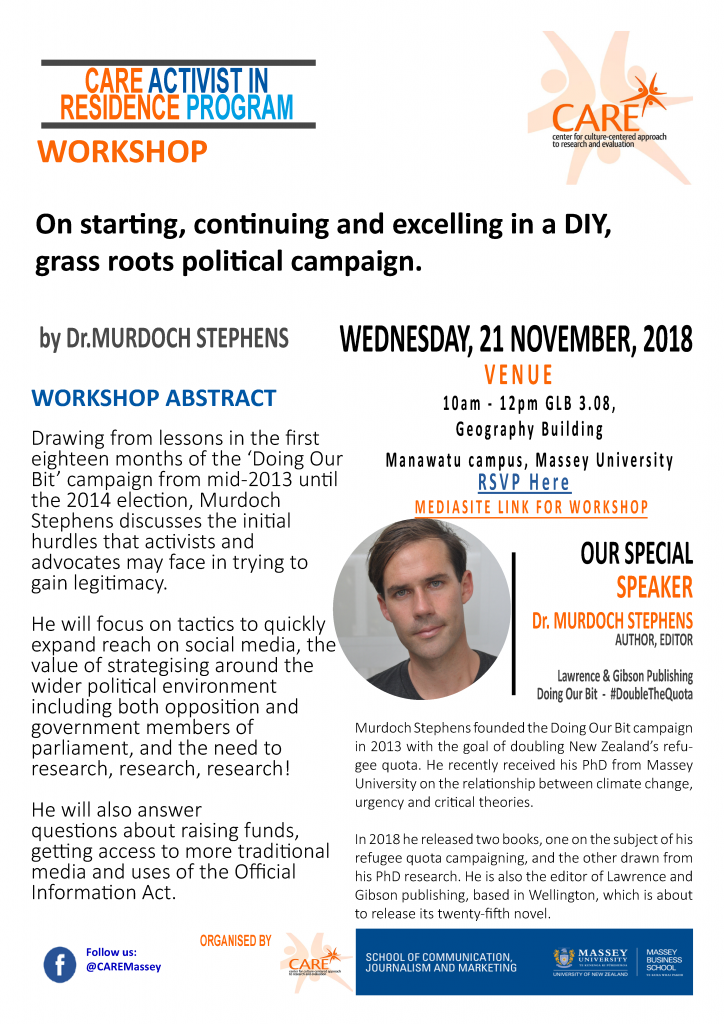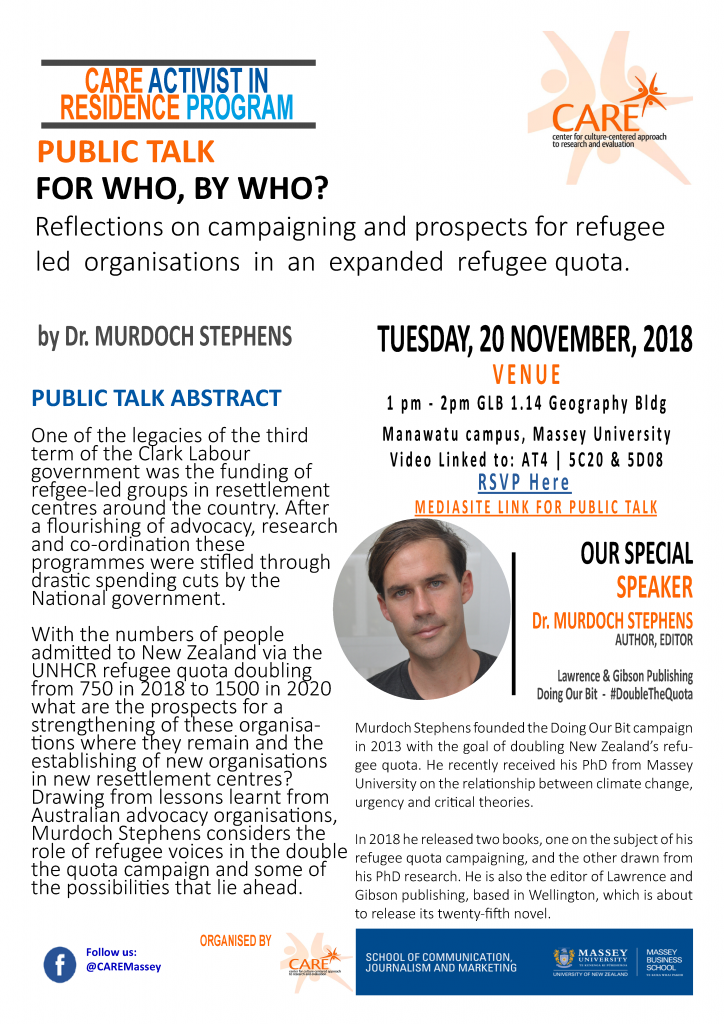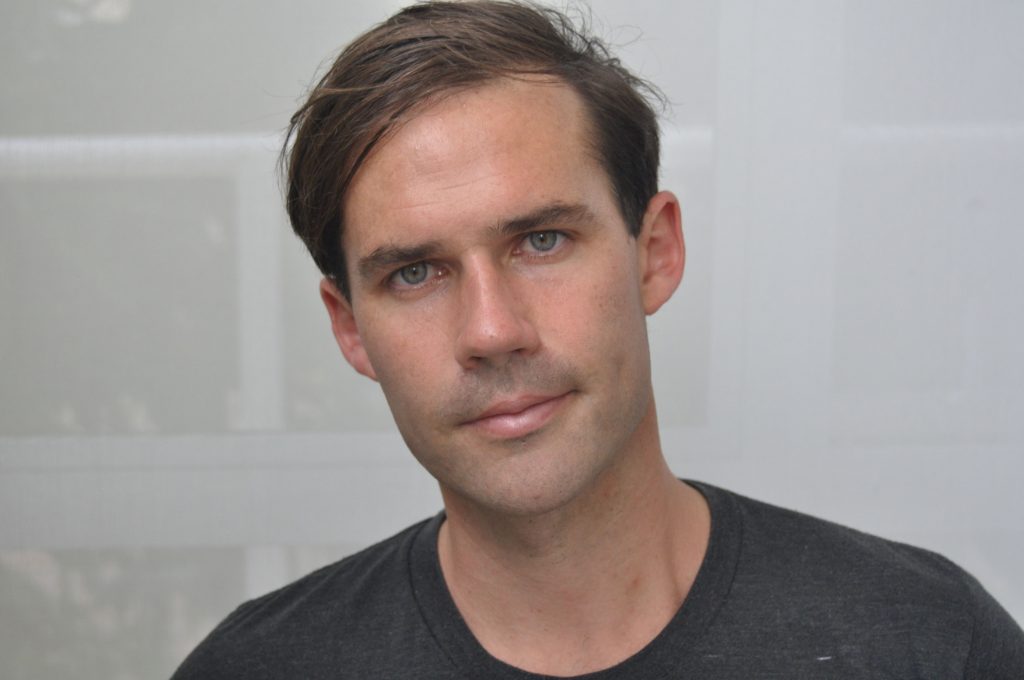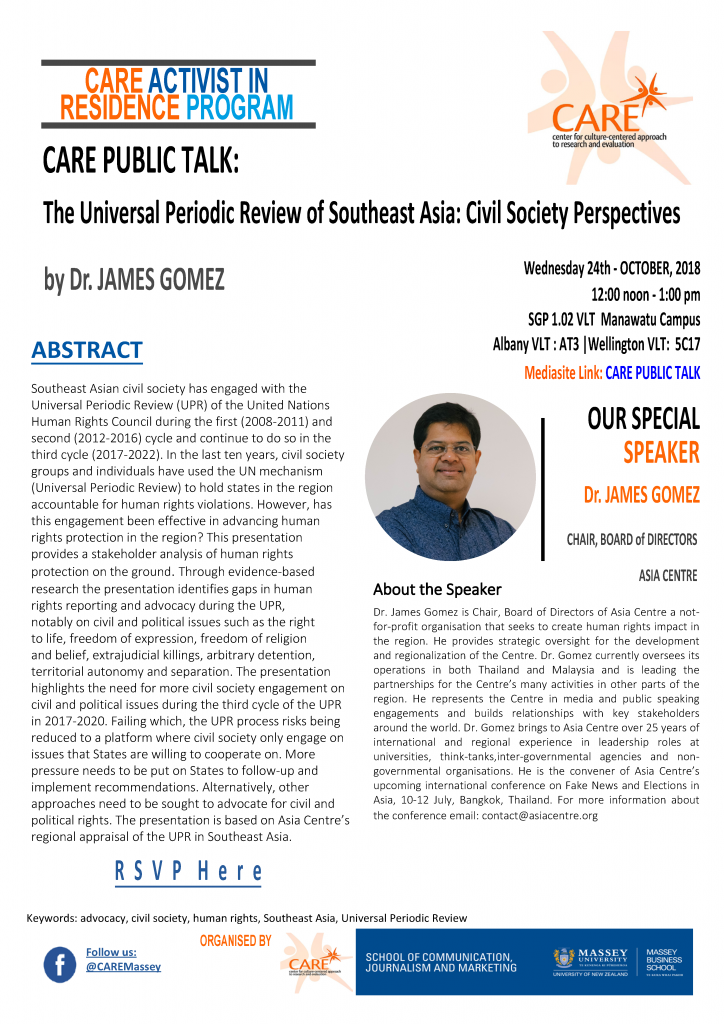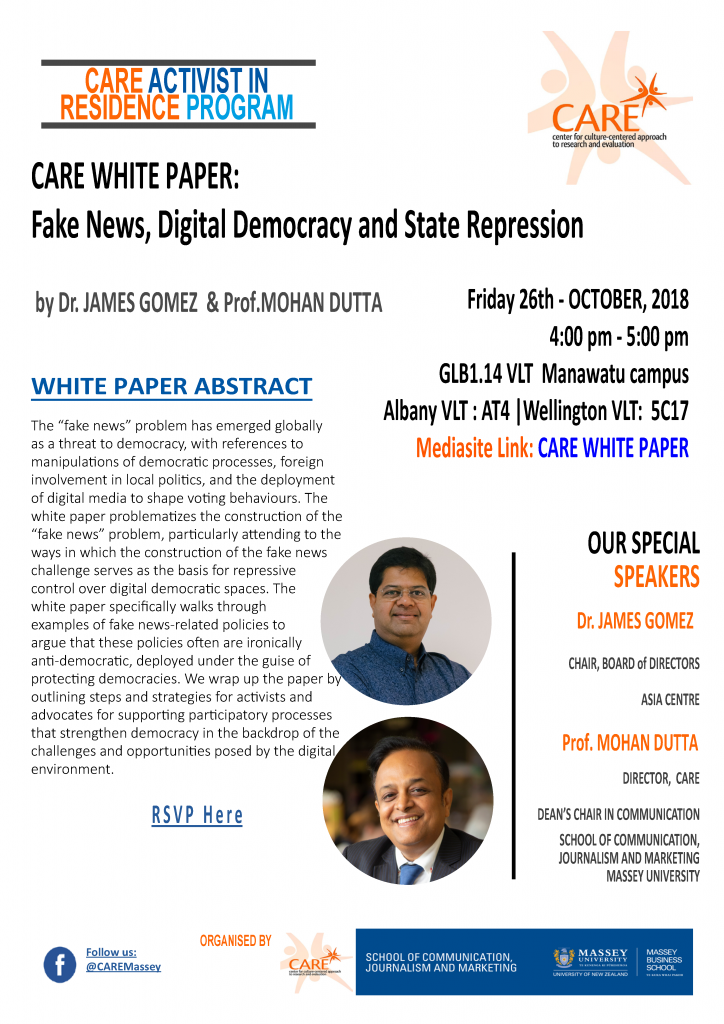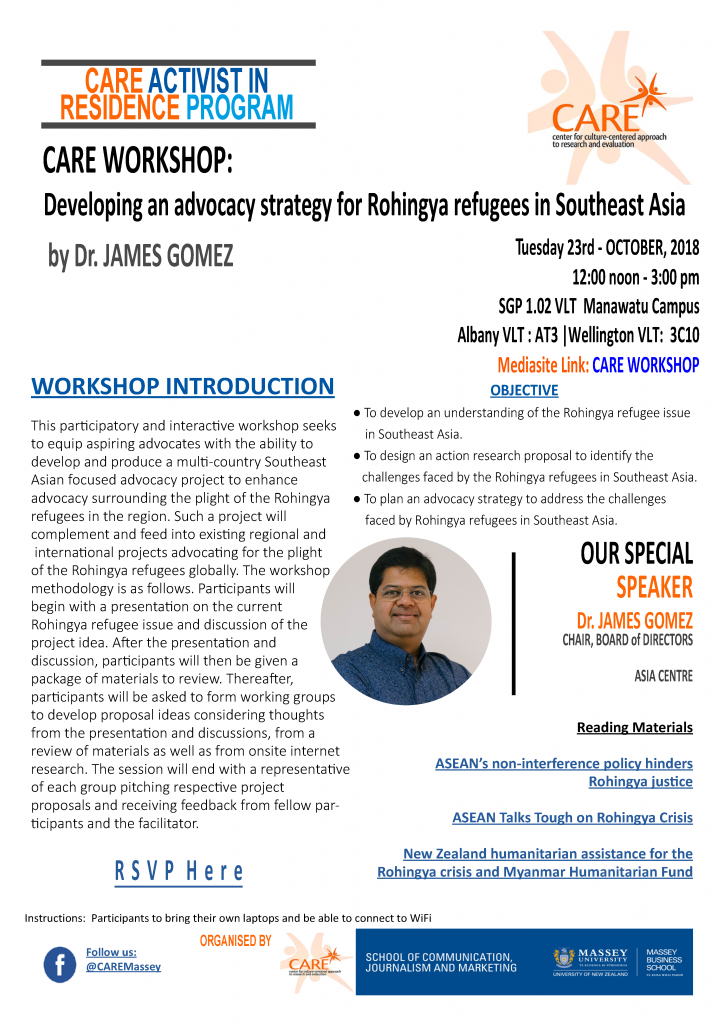THEORIZING FROM ASIA AS REPLICATION OF U.S.: REPRODUCING THE HEGEMONIC MAINSTREAM
by Prof. Mohan Dutta
Much of the terms of internationalization of Communication as a discipline driven by the International and National Communication Associations are juxtaposed in the backdrop of the proliferation of the Communication discipline outside of the U.S. Across Asia, from China and India to Vietnam, Indonesia, Malaysia, and Bangladesh, communication programs have proliferated at an exponential rate.
The growing communication sectors across Asia call for pedagogical opportunities that train the next generation of communication practitioners across Asia. Communication training in many parts of Asia is driven by practical industry needs for communication skills. Programs therefore focus on teaching the basic skills of journalism, marketing communication, advertising, and public relations. Although the nature of communication training varies across sub-regions and nation states within Asia, the overarching emphasis on skills training for the professional communication industries is a thread that flows throughout the region.
Whereas many of these communication programs are driven by the exponential growth in the number of communication opportunities across Asia, other programs have specifically developed as significant spaces for doing communication research/scholarship. In these programs, the teaching of communication is coupled with a serious commitment to develop strengths in communication research.
It is worth noting that a number of communication programs across Asia rank among the top Communication programs across the globe, certainly placing at the top in rankings charts and in the global metric games. This is indeed an excellent sign of the internationalization of the discipline, to the extent that rankings are accepted as measures of legitimacy and/or respectability.
The proliferation of communication programs as acknowledged sites of knowledge production across Asia is an important anchor to the ongoing de-westernization of the field, at least to the extent these rankings point toward a certain sense of legitimacy and respectability. The parochial US-centrism of the discipline is at the very least disrupted by the publication of the rankings, which introduce into the cognitive schema of Communication the existence of spaces of communication knowledge production outside of the U.S. mainstream.
However, even as we increasingly have these diverse sites of knowledge production across Asia, what really do the rankings imply? Although these rankings provide important anchors to de-centering the discipline, it is worth noting that the rankings themselves are US-centric. Organizations such as Times Higher Education, US News, QS are U.S.-Eurocentric organizations, with their economic infrastructures, revenue models, and histories rooted in U.S. and Europe. Although these organizations have spent significant efforts in internationalizing their sampling frame, the very metrics they draw upon are US/Euro-centric.
Consider for instance, the rankings of research reputation and research productivity. Measures of research impact and productivity draw from knowledge database corporations such as Elsevier (which owns Scopus) and Clarivate Analytics (which owns Journal Citation Reports). These databases cull through data on productivity and impact (measured as citation), aggregate them, and offer impact impact metrics for counting the research outputs of faculty members.
These research outputs are then aggregated to offer metrics of impact for the comparison of programs, including programs in Communication.
The knowledge database corporations are U.S./Eurocentric corporations, located/centered in the US/Europe. The databases are U.S./Eurocentric, drawing their publication and citation data from largely U.S.-based/Europe-based journals. Asian institutions seeking to maximize their global reputation through rankings therefore strategically invest in hiring scholars that demonstrate their ability to publish in US/European journals, implementing strict, parochial, and ever-accelerating publication metrics in evaluation and retention processes. The rankings therefore work as instruments for pushing Communication programs across Asia toward a hegemonic US/Euro-centric standard, legitimized through US/Euro-centric journals. The patterns of hiring, retention, and promotion within Asian institutions therefore replicate the U.S. hegemony, albeit with Asian flavour. Asian academics, mostly trained in the U.S., are hired into Asian institutions, and are then disciplined with strategies of measurement that foreground and reproduce the hegemony of U.S. and European journals as sites of knowledge production and circulation. In Asian institutions chasing rankings, the h-indices and total citation counts work toward producing techniques of disciplining with greater vigor than institutions in the U.S. and Europe. This explains the recent proliferation of Asian scholarship in Communication, albeit reproducing the U.S. hegemonic assumptions, with signposts to Asian difference.
The journals of the discipline, centered in the U.S. and Europe, hegemonically push the production of Communication knowledge through the hegemonic roles played by databases, data aggregators, and rankings.
Now, one might suggest that internationalizing the discipline of Communication enables the work of de-centering the discipline. Unfortunately, with the editorial boards, editorships, and reviewing bodies of most journals primarily composed of U.S.-based academics, the scope for internationalization is limited. More importantly the very criteria for evaluating scholarship, for the evaluation of quality, and the rules of publishing in Communication are grounded in US-based logics. Even as the field is internationalized, say with editorial board members from Japan, Singapore, China, and India, the overarching codes of the discipline remain embedded within the narrow logics of U.S. communication academe. One might argue that while the recruitment of a Chinese or an Indian scholar to the board of a top Communication journal is an important entry point, it is worth noting that the Chinese or Indian scholar invited to serve on an editorial board of a top journal has usually been disciplined into the techniques of the discipline, often a product of the U.S.-based methods of disciplining.
Theorizing from Asia as a result is often an incremental addition to U.S.-centric theorizing. The hegemonic formation of U.S.-based theorizing is left intact, with some notion of Asian culture as essence (consider for instance the scores on individualism/collectivism, itself an Eurocentric construct) offered as a mediator or moderator variable. Asia as a contruct emerges as a cultural appendage, offered as an outpost of U.S.-centric Communication theory. Consider for instance the theorizing of social capital and political participation from China that predicts the relationship between social capital and political participation. The data-driven piece does so without taking into account Maoist philosophy, the organizing of community life in China under a socialist framework, and the nature of political participation. Consider similarly a piece on public opinion toward LGBTQ rights in Singapore that does so without taking into account the authoritarian state structure, multicultural values, and political pressure on civil society in Singapore. In such instances, although the published manuscripts do indeed internationalize the discipline, in reproducing U.S.-centric methods and conceptual categories, they fail to seriously engage with social phenomena in Asian contexts.
The fundamental assumptions of Communication, embedded in the Cold War/imperial liberal notions of capitalism and democracy are left intact, without engaging with the many opportunities for de-centering the liberal hegemony that emerge from/in Asia. Theorizing from Asia shaped in the contours of the disciplinary mechanisms, disconnected from Asia, is reduced to reproducing U.S. hegemony.
Blogspot Link: https://culture-centered.blogspot.com/2018/11/theorizing-from-asia-as-replication-of.html
Image Source: timeshighereducation.com
